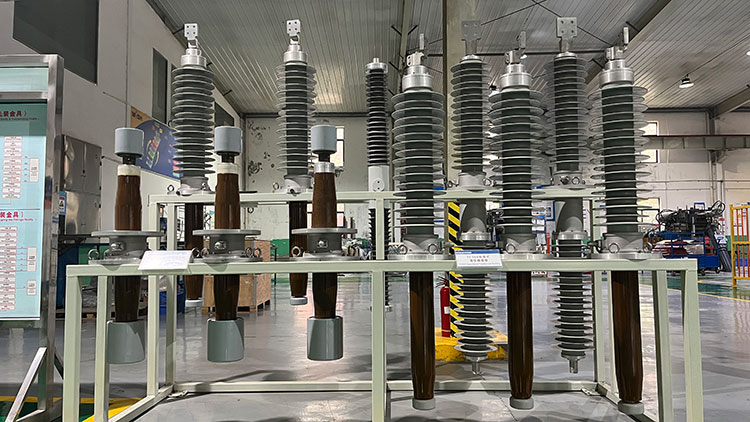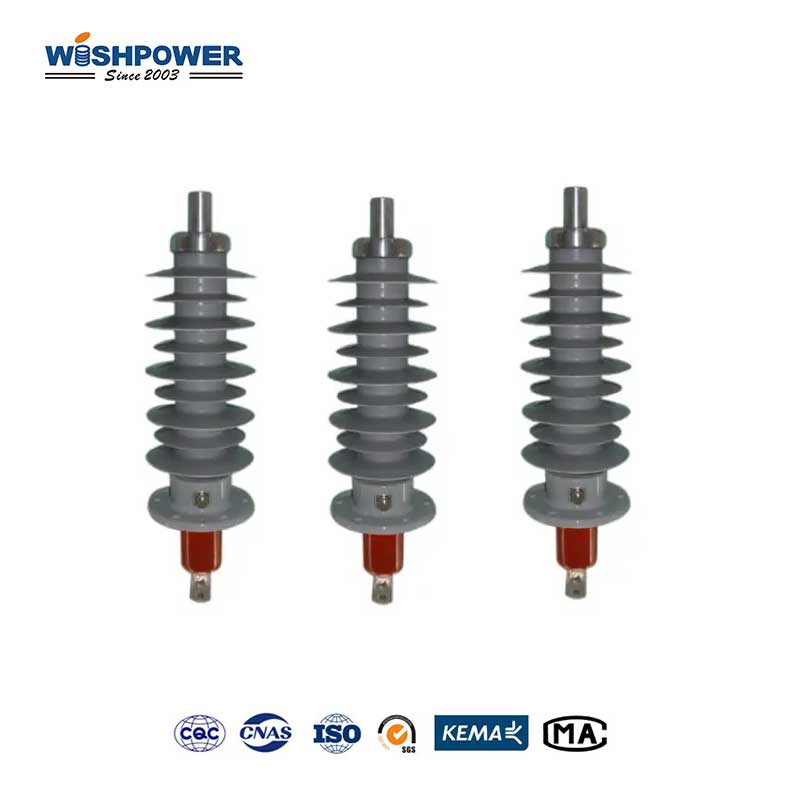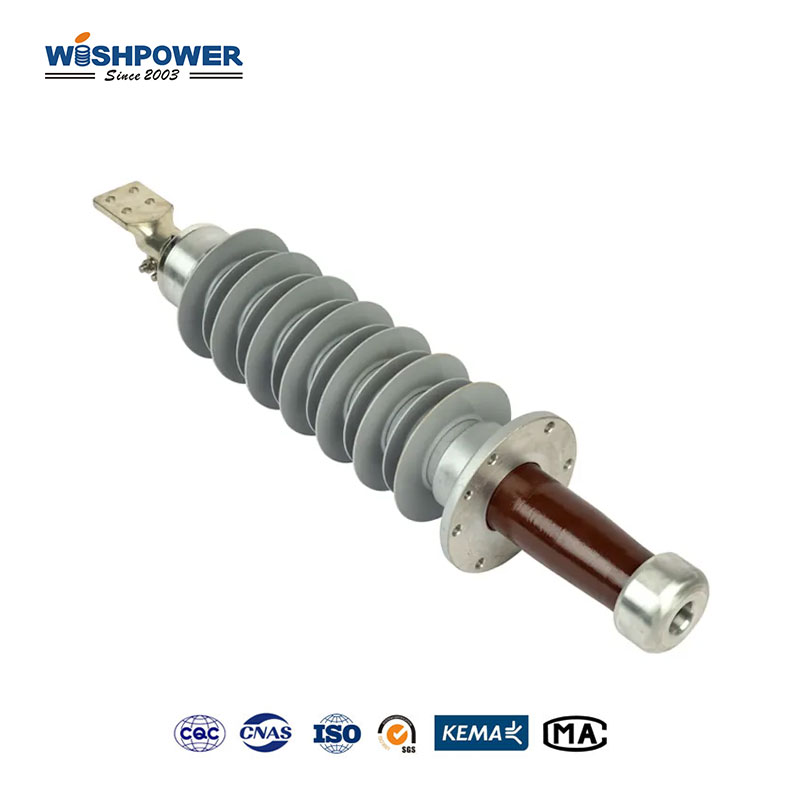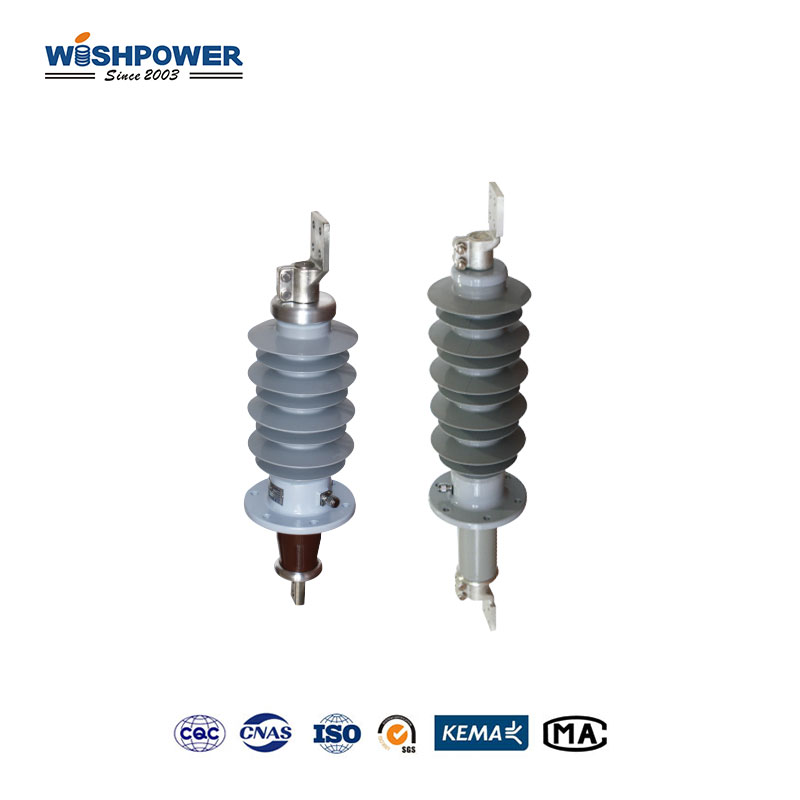Electrical transformers need transformer bushings to prevent short circuits by insulating the conductor from the tank into the transformer. Because transformer bushings experience multiple sources of strain, they are prone to break. Bushing failures produce high maintenance expenses, degrade transformer equipment, and trigger power interruptions. Preventing bushing failure and its root causes is vital for transformer durability and operational stability.

Why do transformer bushings fail?
- Electrical Overstress and Overvoltage
Bushings usually fail due to electrical overstress, which occurs when transformers experience excessive voltage. A transformer works best when operating under precise voltage ranges however damage occurs when surges from electrical events surpass its operational level. When the en applied voltage reaches above the thrusting’s rated capacity the insulation material fails.
The dielectric contents of bushings experience deterioration from overvoltage conditions that weaken their insulation functions. Surge arresters serve as protective equipment that stops overvoltage from causing any damage.
- Contamination and Moisture Infiltration
Dirt particle pollutants and dust accumulation serve as regular causes that lead to bushing failure. Contaminants on the bushing surface develop electrical paths that trigger arcing events along with partial discharges that harm insulation material. Insulation material deterioration happens gradually as a result of this process.
Moisture entry presents a severe risk to oil-filled bushings. Water in insulation material reduces dielectric strength, leading to internal short circuits and material deterioration. Rain-like conditions call for strict sealing practices and moisture management to sustain bushing integrity while preventing possible moisture damage.
- Mechanical Stress and Vibration
The combination of mechanical stresses that come from vibration thermal expansion and external loading factors leads to bushing failure. The operation of transformers leads to mechanical forces that combined with external and nearby machinery-related vibration produce damage to the bushing structure. Chronological deterioration of the insulation material results in material breakdown which raises failure risks for the bushing.
Transformation at attachment interface points between the bushing and transformer results in premature failure because of the damaging effects of vibration. Transformers installed correctly with adequate vibration isolation methods reduce their exposure to damaging effects.
- Aging and Material Degradation
All transformer bushings experience deterioration as a normal part of their electrical components. The bushing insulation materials porcelain composite and oil-impregnated paper experience normal deterioration through time from prolonged service. The insulating oil found in oil-filled bushings tends to break down because of exposure to heat, moisture, or contaminating substances. The breakdown process of oil causes it to lose its insulating properties while carbon residues decrease the effectiveness of the bushing.
Insulation material in composite or porcelain bushings shows aging deterioration which produces increased brittleness and susceptibly to cracking. Regular inspections to diagnose the age-related indicators help find bushings that need substitution before they fail.
- Incorrect Installation or Handling
The way bushings are installed or the way they are handled when being transported and installed both create risks of failure. The installation of bushings either with improper alignment or inadequate torque application leads to mechanical stress that damages the components. The insulation material becomes vulnerable to electrical failure when incurring damage during transportation through mishandling incidents like dropping the bushing.
Technical failures in bushing operations can be prevented through proper manufacturer-installed procedures and proper handling practices in transportation.
- Corrosion of Metallic Components
Types of corrosion exist among the metallic components present within transformer bushings including conductors alongside flanges. The corrosive effects of moisture and pollution and saltwater exposure (in coastal areas) will degrade bushing metals to weaken the complete structure. Mechanical failure and poor electrical contact occur because of corrosion which eventually leads to bushing breakdown.
Inspection routines for corrosion combined with protective material coating on metallic parts will prevent damage and expand the bushing lifespan.
- Manufacturing Defects
Small numbers of manufacturing-related wrongdoings can trigger transformer bushing failure in rare instances. The bushing may fail due to design or material flaws that include inadequate insulation together with faulty sealing systems. Speaking of the service expectancy of bushings situations of premature failure can occur because the components do not function properly. Proper quality assessment protocols along with manufacturing tests serve to reduce these potential failure risks.
Preventive Measures to Mitigate Bushing Failure
Several protective methods should be used to decrease the probability of bushing breakdown.
Visual and electrical inspections conducted regularly help detect signs of moisture invasion or visible cracks along with contamination particles inside the bushing. The early discovery of issues leads to the prevention of advanced problems in the future.
The maintenance of bushing insulation needs proper measures to block moisture because water compromises insulating abilities. By properly sealing bushings they become protected from water and other moisture-related degenerative processes.
The failure of bushings due to mechanical stress can be prevented by correctly installing equipment as per manufacturer specifications and maintaining proper alignment and torque values.
The application of anti-corrosion coatings to metallic components will safeguard bushings from environmental harm which becomes especially important in humid and coastal areas.
Routine testing includes performing partial discharge testing together with insulation resistance testing so potential bushing problems can be detected before breakdown occurs.
Conclusion
Transformer bushing failure creates a series of problems that include operational interruptions, substantial maintenance expenses, and safety threats. The main failures of bushings stem from electrical overstress together with contamination and mechanical stress as well as aging while incorrect installation and corrosion and manufacturing defects contribute to failures. Utility operators and transformer executives protect bushings from premature failure through preventive measures that understand these root causes. Transformer bushings can operate safely through extended service by implementing regular examinations in addition to maintaining moisture levels while installing correctly and performing periodic tests.
If you have different opinions or want to know more, please leave a message on the website or contact us directly at info@wishpower.net

















